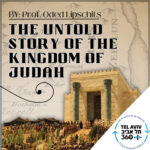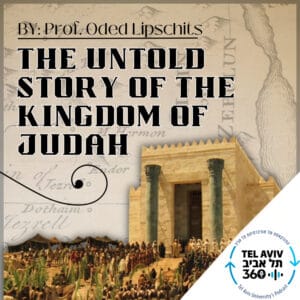X

תל אביב 360 – אוניברסיטת תל אביב: ערוץ הפודקסטים
(D5) Lists of Kings and Memories of Murders, Rebellions and Dynasties
/

(D5) Lists of Kings and Memories of Murders, Rebellions and Dynasties
Mar 7, 2024 • 00:33:43
In this chapter of the podcast, I examine the stories about the first kings of Israel and the royal houses that rose and fell in Israel before the establishment of the Omride Dynasty in the early ninth century BCE: the house of Jeroboam, the house of Baasha and King Zimri,…
עדכון זמן הקפצנו אותך לנקודה הקודמת שעצרת
[לקרוא עוד...]
[פחות...]


